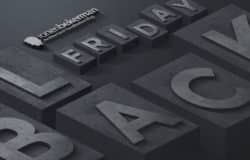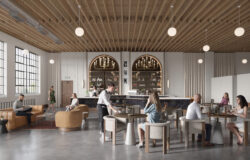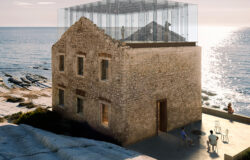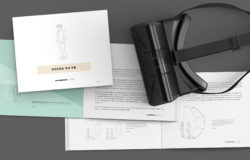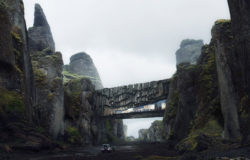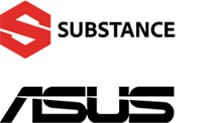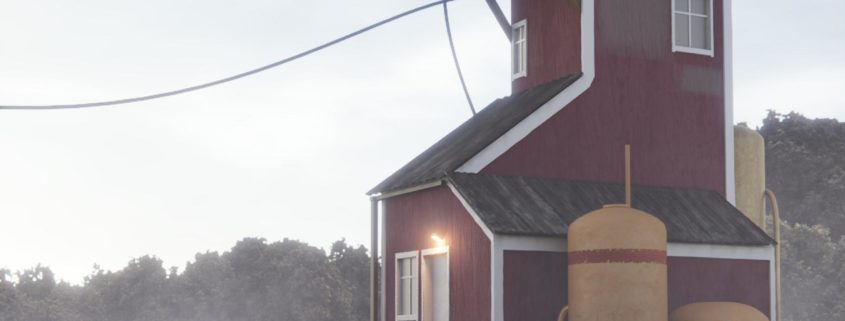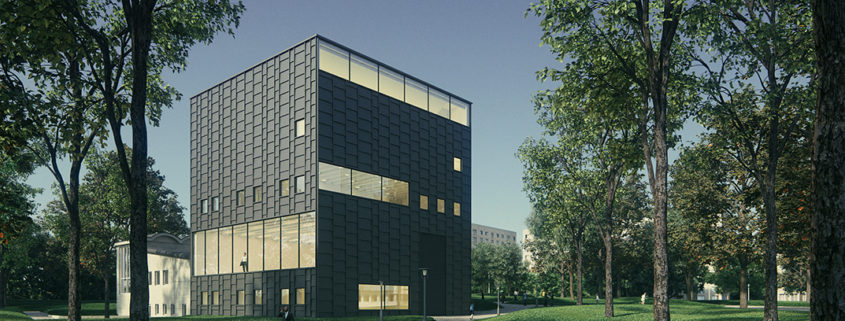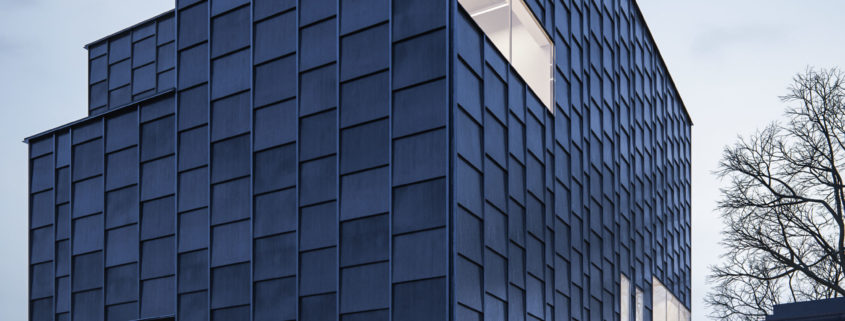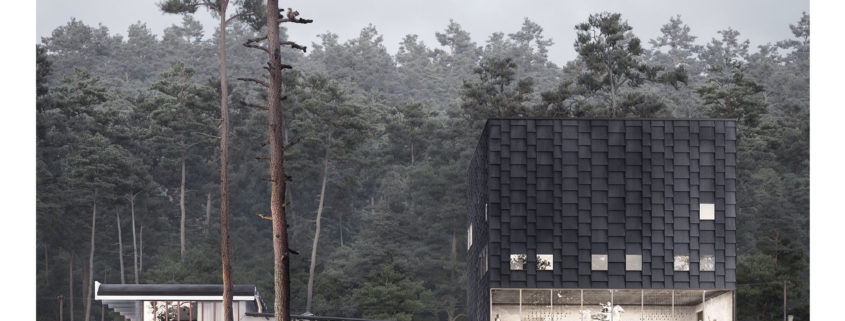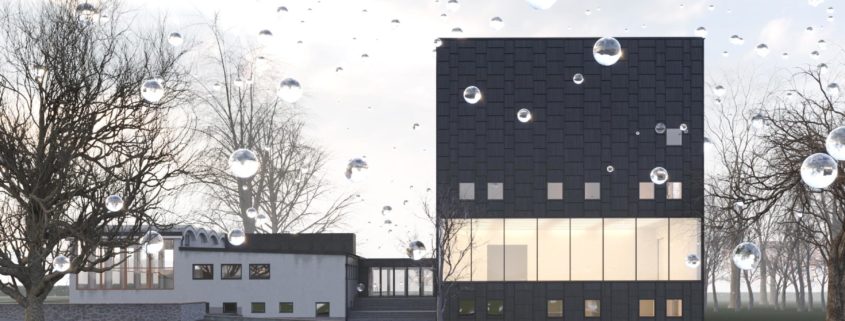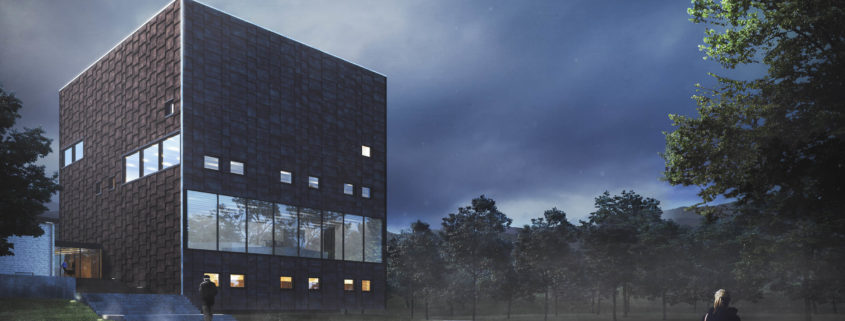Tomorrow Challenge
I wanted to take a part of this competition and create a stunning image! But I had only 2 days to make it from the beginning to the end and therefore I’m not quite satisfied with the final result.
I spent almost 1,5 day on modelling the whole building and the surroundings and another 7-8 hours on making materials, lighting and postproduction.
I wanted to make a winter mood scene with slightly blueish ambient light and very smooth yellow tint from interior. It was my first “winter” project so I have to learn a lot of new things. I also wanted to try a different camera angle – instead of “Rule of Third”, “Golden Spiral” etc. I decided to put the building into the center and use 18mm Focal Length.
There is a lot of things that I would like to do in the other way, only if I had more time – there is a lot of repetition in the snow, the “snow poles” around the whole area are the same, also the lighting of the scene is far from being perfect, the water material is very simple without any foam, and many others small and more obvious mistakes and errors – but I’m done. I’ve done what I could and I want to submit this project as finished.
Cheers!



